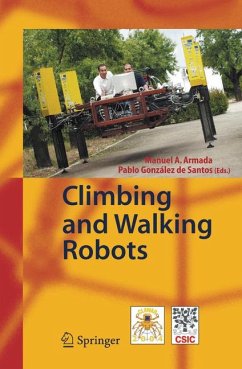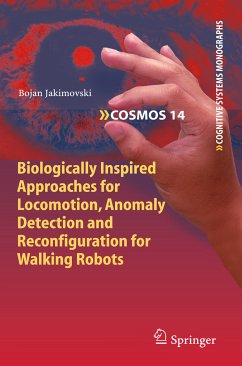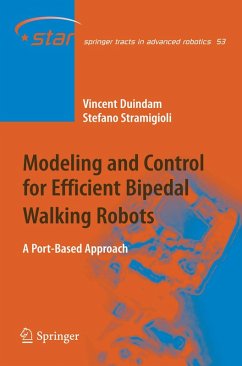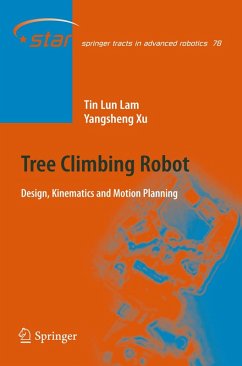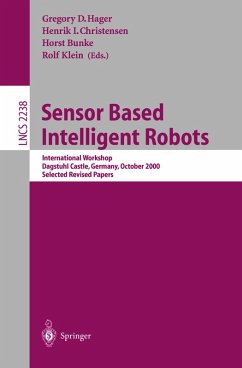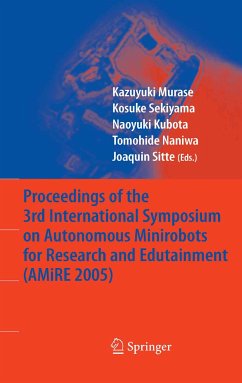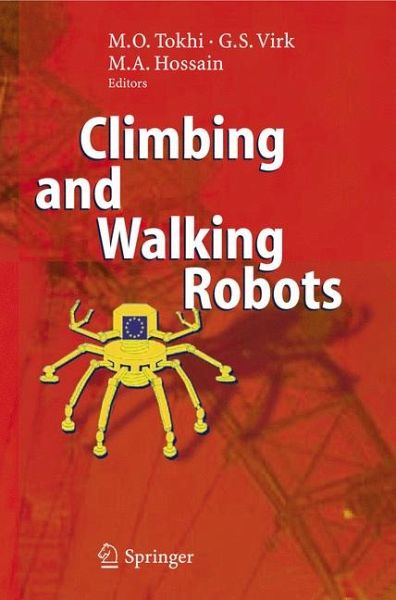
Climbing and Walking Robots (eBook, PDF)
Proceedings of the 8th International Conference on Climbing and Walking Robots and the Support Technologies for Mobile Machines (CLAWAR 2005)
Redaktion: Tokhi, M. Osman; Hossain, M. Alamgir; Virk, G. S.

PAYBACK Punkte
116 °P sammeln!
The interest in climbing and walking robots (CLAWAR) has intensified in recent years, and novel solutions for complex and very diverse applications have been anticipated by means of significant progress in this area of - botics. Moreover, the amalgamation of original ideas and related inno- tions, search for new potential applications and the use of state of the art support technologies permit to foresee an important step forward and a significant socio-economic impact of advanced robot technology in the - ture. This is leading to the creation and consolidation of a mobile service robotics sec...
The interest in climbing and walking robots (CLAWAR) has intensified in recent years, and novel solutions for complex and very diverse applications have been anticipated by means of significant progress in this area of - botics. Moreover, the amalgamation of original ideas and related inno- tions, search for new potential applications and the use of state of the art support technologies permit to foresee an important step forward and a significant socio-economic impact of advanced robot technology in the - ture. This is leading to the creation and consolidation of a mobile service robotics sector where most of the robotics activities are foreseen in the - ture. The technology is now maturing to become of real benefit to society and methods of realizing this potential quickly are being eagerly explored. Robot standards and modularity are key to this and form key components of the research presented here. CLAWAR 2005 is the eighth in a series of international conferences - ganised annually since 1998 with the aim to report on latest research and development findings and to provide a forum for scientific discussion and debate within the mobile service robotics community. The series has grown in its popularity significantly over the years, and has attracted - searchers and developers from across the globe. The CLAWAR 2005 p- ceedings reports state of the art scientific and developmental findings p- sented during the CLAWAR 2005 conference in 131 technical presentations by authors from 27 countries covering the five continents.
Dieser Download kann aus rechtlichen Gründen nur mit Rechnungsadresse in A, B, BG, CY, CZ, D, DK, EW, E, FIN, F, GR, HR, H, IRL, I, LT, L, LR, M, NL, PL, P, R, S, SLO, SK ausgeliefert werden.



